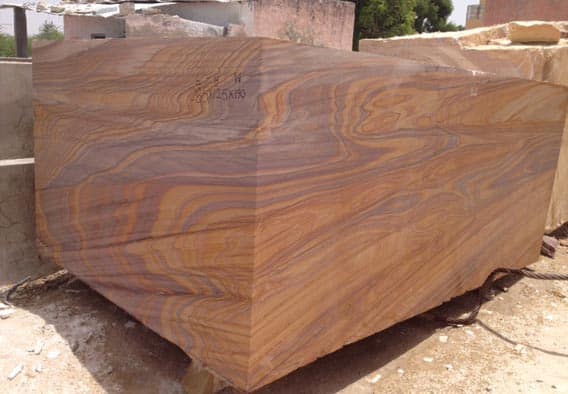Sandstone, a sedimentary rock composed of sand-sized minerals, rock, or organic particles, is renowned for its captivating beauty and geological significance. Beyond its aesthetic appeal, sandstone holds a unique characteristic that distinguishes it from other rocks – hardness. In this article, we delve into the fascinating world of sandstone, exploring its hardness, the factors influencing it, and its diverse applications in both natural and man-made environments.
Understanding Sandstone Hardness:
The hardness of sandstone is a crucial aspect that determines its durability and usability in various applications. Hardness refers to a material’s resistance to abrasion, scratching, and overall wear. In the case of sandstone, its hardness is primarily influenced by the minerals it contains, the cementing material holding it together, and the porosity within the rock.
Mineral Composition:
Sandstone is primarily composed of mineral grains, most commonly quartz, feldspar, and mica. Quartz, being one of the hardest minerals on the Mohs scale, significantly contributes to the overall hardness of sandstone. The interlocking nature of these mineral grains imparts strength to the rock, enhancing its resistance to external forces.
Cementing Material:
The grains in sandstone are bound together by a cementing material, which can be silica, calcite, iron oxide, or clay. The type and amount of cementing material influence the hardness of the sandstone. For instance, silica cement provides greater hardness compared to calcite, making the former more resistant to erosion and weathering.
Porosity:
Porosity, the presence of pores or open spaces within the rock, can affect the hardness of sandstone. While higher porosity may reduce overall hardness, it can also enhance the stone’s ability to absorb and release water. The balance between porosity and hardness is crucial in determining the sandstone’s suitability for specific applications, such as construction or decorative purposes.
Applications of Hard Sandstone:
The hardness of sandstone makes it a versatile material with a wide range of applications. In construction, it is often use as a building material due to its durability and resistance to weathering. The Great Pyramid of Giza, for instance, incorporates sandstone blocks in its construction, showcasing the rock’s enduring strength throughout millennia.
Landscaping and Architecture:
Sandstone’s captivating colors and patterns make it a popular choice in landscaping and architectural projects. From garden pathways to iconic structures, sandstone’s hardness ensures longevity and resistance to environmental factors, maintaining its aesthetic appeal over time.
Monuments and Sculptures:
Numerous historical monuments and sculptures around the world are crafted from sandstone. Its hardness allows for intricate detailing, contributing to the preservation of artistic masterpieces for generations. The Petra in Jordan, with its stunning sandstone-carved structures, stands as a testament to the enduring nature of this remarkable rock.
Challenges and Conservation:
Despite its impressive hardness, sandstones faces challenges such as weathering, erosion, and human activities. Conservation efforts are crucial to preserving sandstone formations and structures. Protective coatings, regular maintenance, and responsible tourism practices are essential in safeguarding these geological wonders.
Conclusion:
The hardness of sandstone is a key factor that contributes to its enduring beauty and diverse applications. From ancient monuments to modern constructions, sandstone continues to play a vital role in shaping our world. Understanding the geological processes and factors influencing sandstone hardness not only enhances our appreciation for this remarkable rock but also guides us in its sustainable use and conservation for future generations.

